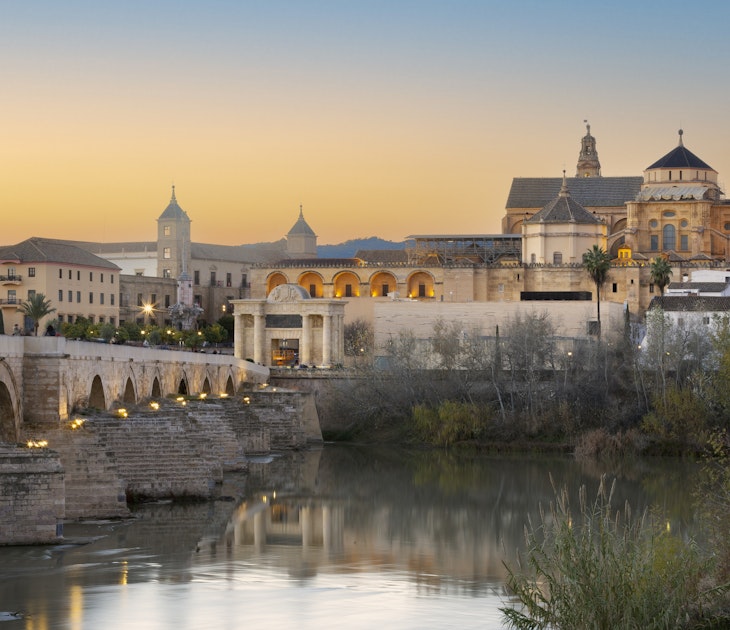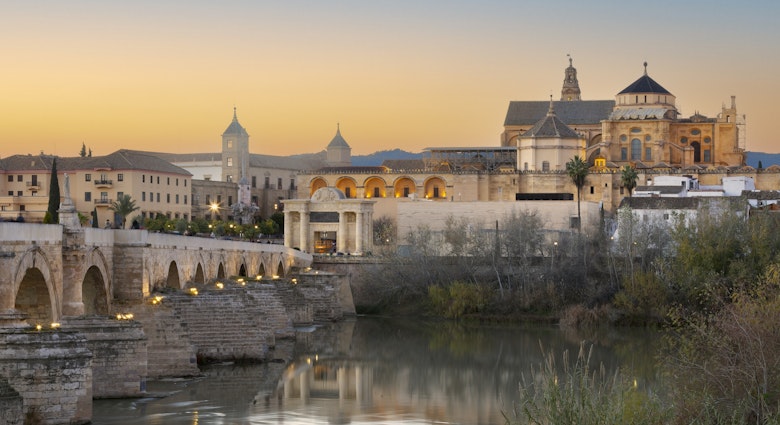For the past two hundred years, anyone who wants to see much of the statuary created for the Parthenon by the great Greek sculptor Phidias have headed not to Athens, Greece, but to the British Museum in London.
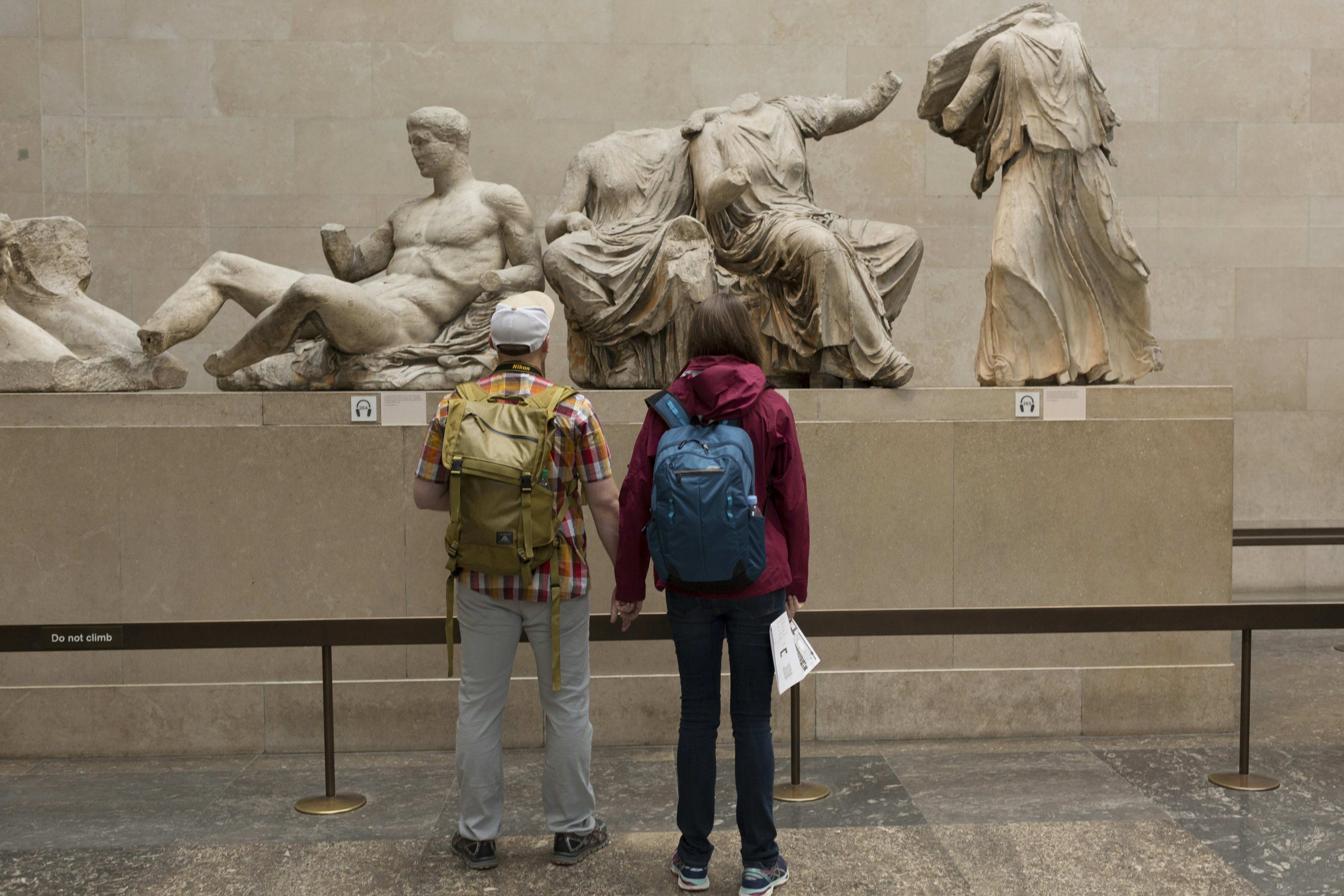
That's because in the early 1800s a British noble named Thomas Bruce, the seventh Earl of Elgin, chiseled and pried half the friezes and numerous other pieces of sculpture from the Parthenon and carted them off to Britain to decorate his Scottish manor house. It was a fraught process that ultimately proved not only incredibly expensive, but the stuff of an Indiana Jones film – complete with shipwrecks, multi-year imprisonment by the French, and plenty of ethical controversy.
Now there's a chance that Britain's withdrawal from the European Union could mean Greece gets the so-called Elgin Marbles back – a battle they have been fighting since Greece achieved national independence in 1821. That’s because a clause about “unlawfully removed cultural objects” was slipped into an early draft of Brexit negotiations prepared by Greece and Italy. However, the question of whether the famed Parthenon collection qualifies as an "unlawfully removed cultural object" in its own right has raged almost since Elgin returned from Greece. The Earl claimed he had been given special permission by the Turkish sultan who, at the time, ruled over Greece as part of the Ottoman Empire.
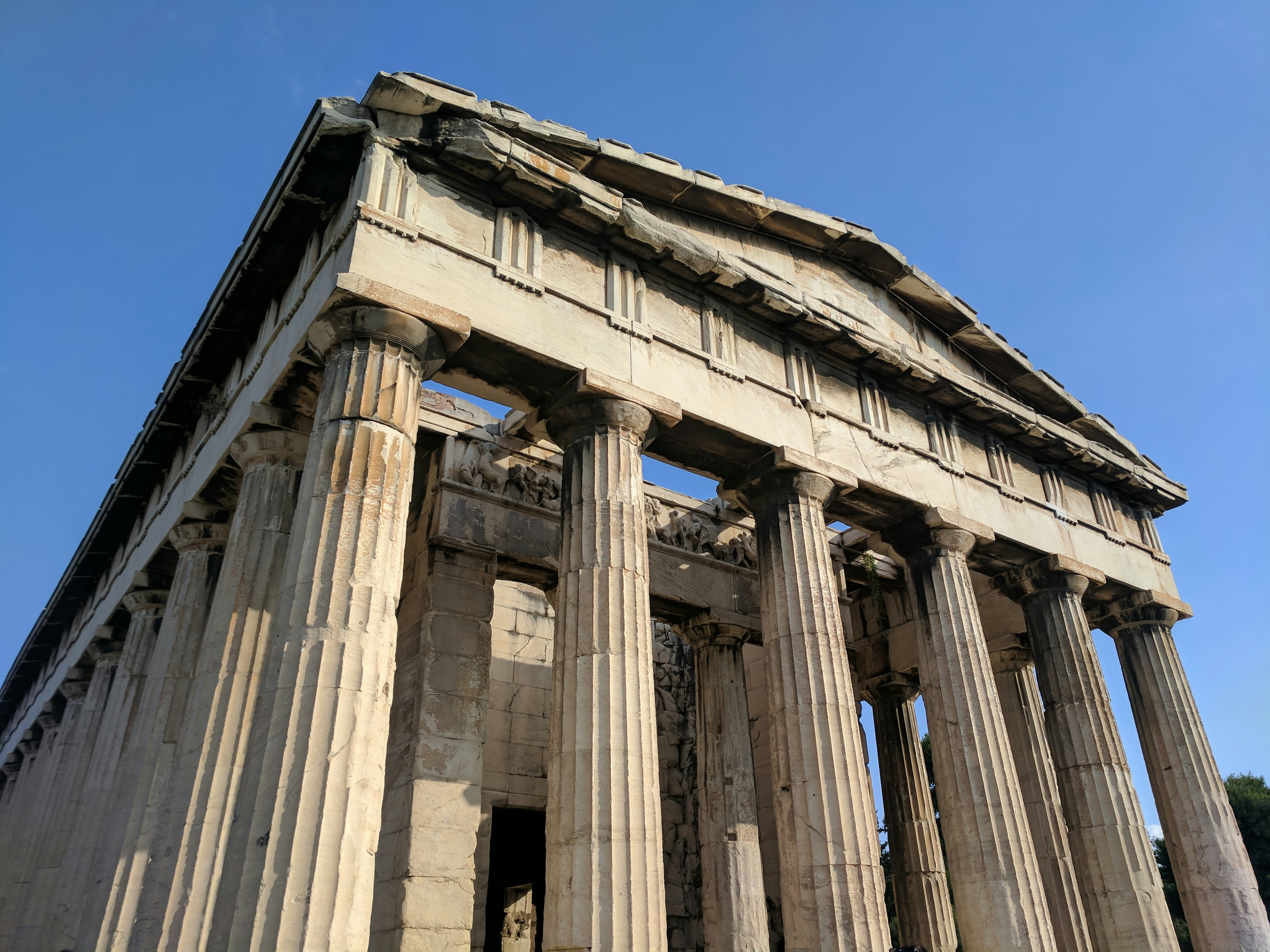
The Ottomans were, incidentally, also the party who turned a surprisingly-well-preserved Parthenon into the ruins we know today when munitions they were storing at the Acropolis were blown up by the Venetian army in 1687. Elgin claimed he was motivated to remove the marbles in part by a desire to protect the statuary from further damage, and his team did set about attempts to restore the sculptures (though some of these efforts did more harm than good).
There was another threat to Elgin's marbles, however. By the time his prize made it to Britain, Elgin had gone through a divorce that left his fortune in jeopardy. Meanwhile, everyone from members of Parliament to poet Lord Byron (himself a passionate ally of the Greek nationalists) were debating the ethics of Elgin's decision to take the sculpture – even if he had, as claimed, gone through the proper legal channels.
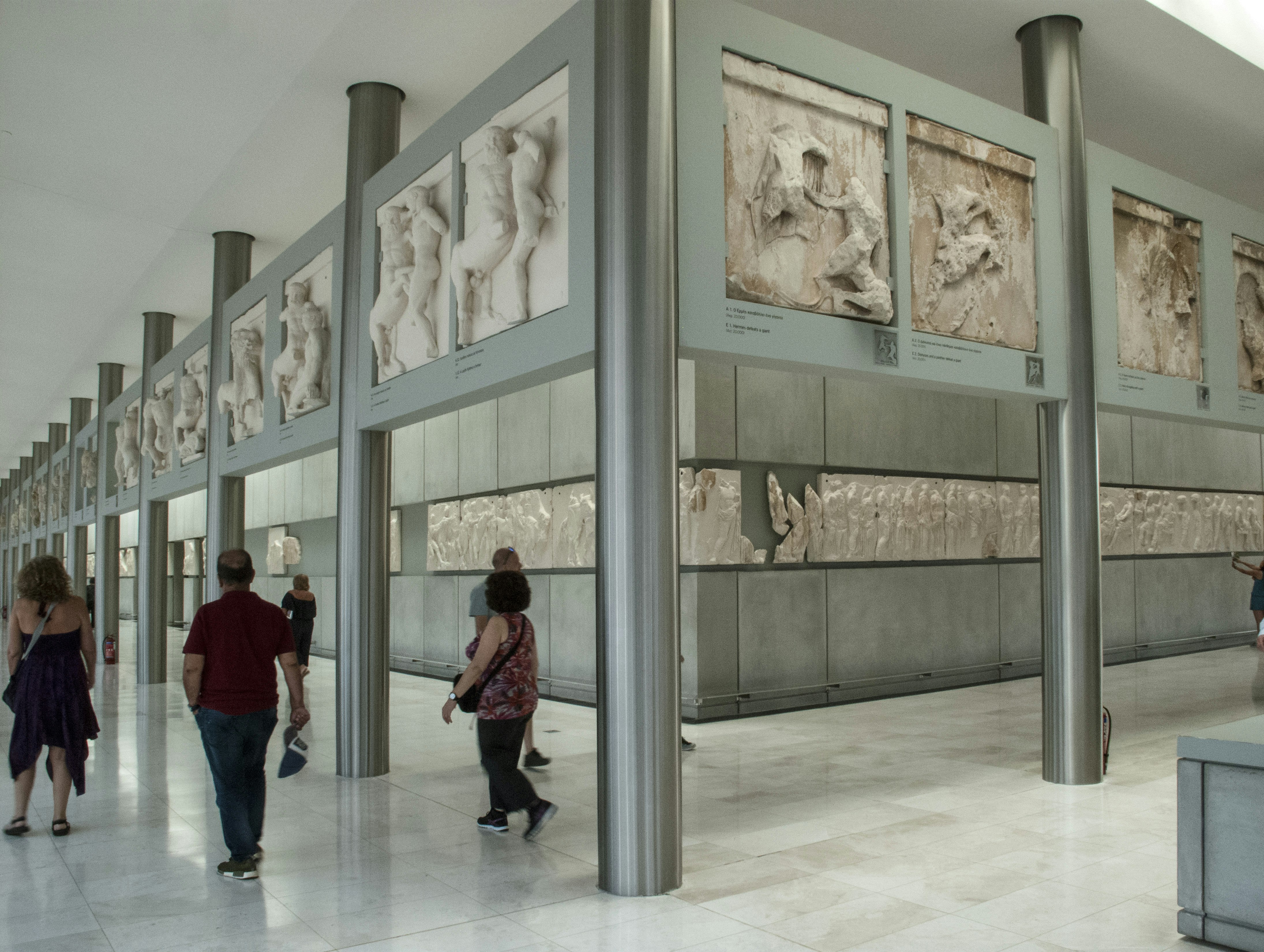
In the end, Elgin sold the marbles to the British government and they were put on display at the British Museum in 1816. That may have solved the Earl's troubles, but Greece has continued to fight to have the Parthenon marbles returned. Unesco has even stepped in to aid in negotiations in 2014, only to be rebuffed. The UN also adopted a resolution in 2015 ordering the marbles be returned to Greece, though obviously the British museum has retained the collection.
The British Museum insists that the marbles are now as much a part of the UK's history and culture as that of Greece, and that it has far greater visitor numbers than the Acropolis Museum where the remainder of the friezes now hang. It remains to be seen this spring whether this new strategy to regain the marbles is successful. Given initial response by Britain to the leaked clause in the negotiation draft, however, it seems that if you want to see all the Parthenon marbles, you're still going to need a ticket to both Athens and London for a while longer.

